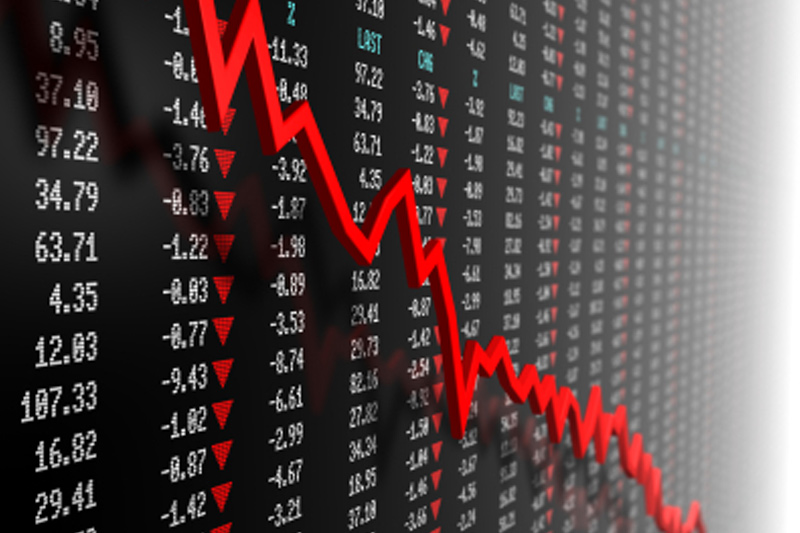Investing.com - The Australian dollar was lower against its U.S. counterpart on Tuesday, after the release of weak Australian business confidence data and as global growth concerns continued to dampen market sentiment.
AUD/USD hit 1.0161 during late Asian trade, the daily low; the pair subsequently consolidated at 1.0187, shedding 0.20%.
The pair was likely to find support at 1.0103, the low of June 19 and resistance at 1.0277, the high of May 4.
The Aussie came under pressure after industry data showed earlier that an index of business confidence for Australia fell to minus 3 in June from a reading of minus 2 the previous month.
Market sentiment also waned after a meeting of euro zone finance ministers on Monday offered few signs of progress in tackling the region’s debt crisis.
Euro zone ministers agreed to push Spain’s deadline to reach its deficit reduction targets back to 2014 in exchange for further budget savings and set the parameters of an aid package for Madrid's ailing banks.
They made no apparent progress, however, on activating the bloc's rescue funds to intervene in bond markets and bring down Spain and Italy’s spiraling borrowing costs.
Spain’s 10-year government bonds were hovering at 7.03% earlier Tuesday, while Italy’s 10-year bonds were at 6.10%, both above the 6% threshold which is widely seen as unsustainable.
Meanwhile, concerns over the outlook for global economic growth persisted after data showed that China's imports in June grew at half the expected pace, underscoring that the country’s economy and domestic demand are cooling quickly, even though export growth was slightly better than expected.
China is Australia’s biggest export partner.
The Aussie was steady against the New Zealand dollar with AUD/NZD easing up 0.04%, to hit 1.2817.
Also Tuesday, the New Zealand Institute of Economic Research said that its index of business confidence fell to minus 4 in the second quarter from a reading of 13 in the previous quarter.
Euro zone finance ministers were to hold a second day of talks in Brussels.
AUD/USD hit 1.0161 during late Asian trade, the daily low; the pair subsequently consolidated at 1.0187, shedding 0.20%.
The pair was likely to find support at 1.0103, the low of June 19 and resistance at 1.0277, the high of May 4.
The Aussie came under pressure after industry data showed earlier that an index of business confidence for Australia fell to minus 3 in June from a reading of minus 2 the previous month.
Market sentiment also waned after a meeting of euro zone finance ministers on Monday offered few signs of progress in tackling the region’s debt crisis.
Euro zone ministers agreed to push Spain’s deadline to reach its deficit reduction targets back to 2014 in exchange for further budget savings and set the parameters of an aid package for Madrid's ailing banks.
They made no apparent progress, however, on activating the bloc's rescue funds to intervene in bond markets and bring down Spain and Italy’s spiraling borrowing costs.
Spain’s 10-year government bonds were hovering at 7.03% earlier Tuesday, while Italy’s 10-year bonds were at 6.10%, both above the 6% threshold which is widely seen as unsustainable.
Meanwhile, concerns over the outlook for global economic growth persisted after data showed that China's imports in June grew at half the expected pace, underscoring that the country’s economy and domestic demand are cooling quickly, even though export growth was slightly better than expected.
China is Australia’s biggest export partner.
The Aussie was steady against the New Zealand dollar with AUD/NZD easing up 0.04%, to hit 1.2817.
Also Tuesday, the New Zealand Institute of Economic Research said that its index of business confidence fell to minus 4 in the second quarter from a reading of 13 in the previous quarter.
Euro zone finance ministers were to hold a second day of talks in Brussels.
